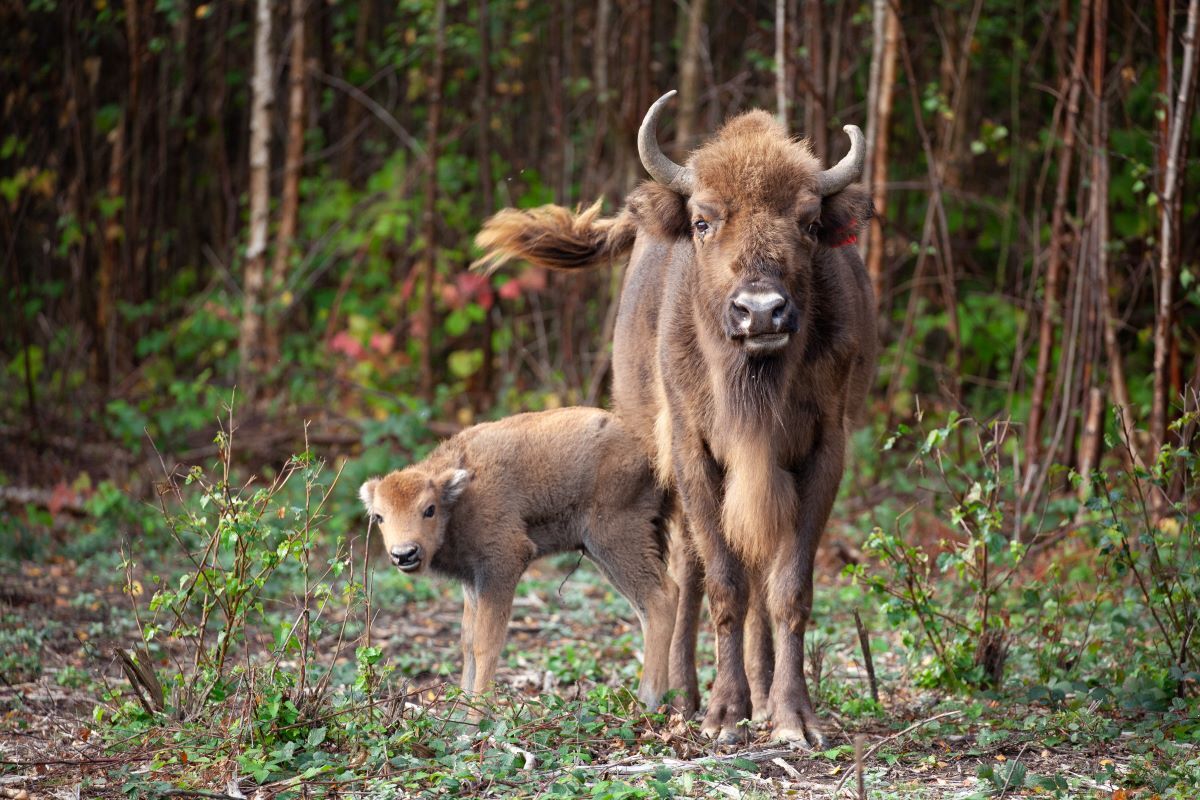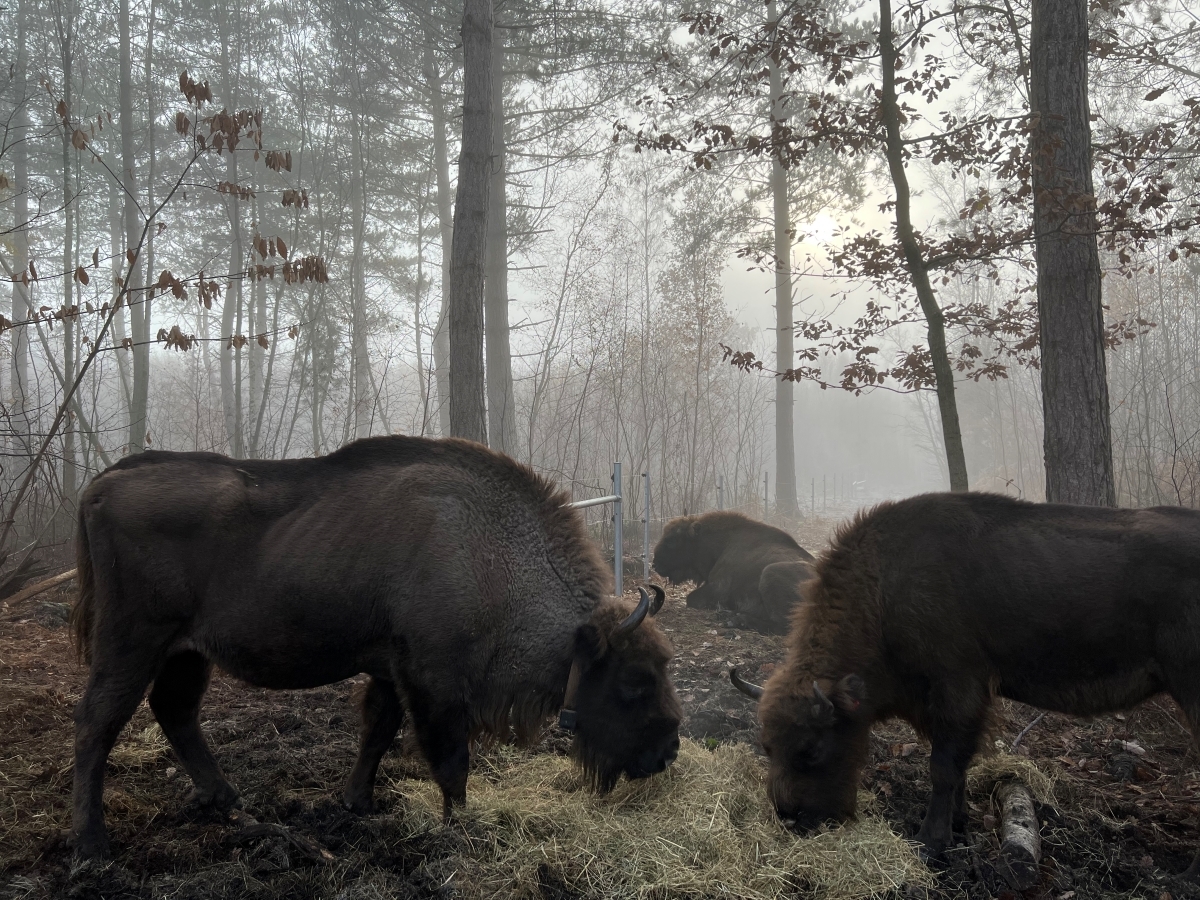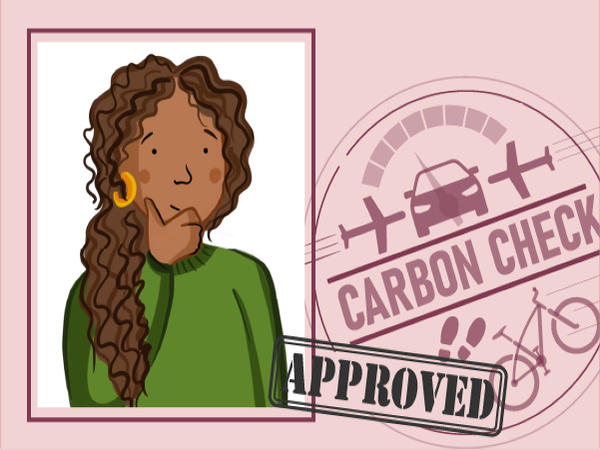Rewilding in action: bringing bison back to Britain
With more than half of UK species in decline, rewilding promises to provide a nature-based solution that restores natural habitats and ecosystems.

Rewilding goes beyond protecting nature, seeking to restore the natural ecosystem. By reinstating natural plant species and – when the time is right – reintroducing missing species, rewilding aims to improve the environment to the point where nature can take over and natural processes are restored. As such, these approaches offer a way to restore biodiversity at scale.
That’s the theory. Though still only a few months into the trial, results from the Wilder Blean project already reveal how theory translates to reality.
More than half the species in the UK are in decline and 15% are on the brink of extinction, according
to Rewilding Britain. One cause is a lack of managed woodland.
West Blean and Thornden Woods near Canterbury in Kent is the largest area of continuous ancient woodland in the UK, making it a critical area to protect and restore. Since July, it has also been home to free-roaming European bison. Natural ‘ecosystem engineers’, they have already begun to reshape the landscape.
Three females were initially released on one of the hottest days on record in the UK – an 18-year old matriarch that came from Scotland and two four-year olds from a herd in Ireland. They were to be joined by a four-year old male from Germany before the end of the year. Instead, one of the females gave birth to an unexpected female calf, while the arrival of the male has been delayed by red tape. He is now expected in spring 2023.
Back from the brink
Bison were hunted to the brink of extinction in Europe. The last recorded shooting was in 1927, when conservationists stepped in to protect the 12 individuals that remained. There are now nearly 9,000, but the gene pool is still quite week. Hence the reason for carefully selecting bison from different countries to form the Wilder Blean herd. The hope is that they will breed and individuals can be transferred to other projects, further helping to diversify the gene pool.
Blean Woods spans a total of 200 hectares. It has broadly been divided into three zones – one that is being managed using standard forestry techniques, a second where Exmoor ponies and Iron-Age pigs will be free to roam and a third area where the bison have been released. The three areas will be monitored to understand the impact of the bison, building an evidence base that will hopefully support future projects.
Impacts are starting to be seen
The bison were initially released into a five hectare ‘soft release’ area, but since early December they have had the run of a larger 50 hectare zone. It’s still early days, but it is already possible to see the impact that the bison are having. There are clear tracks through the soft release area, while the larger zone is still dense with bracken and brambles.
The bison have been grazing on the younger, soft branches and leaves of trees in the woods, bending the trees over where necessary to reach the highest, juiciest branches. They have also been stripping bark from larger trees. While this may cause some trees to die, it creates standing deadwood that becomes home to bugs and insects and, in turn, increases the availability of food for birds.
Detailed plant and species surveys were conducted before the bison’s arrival, which resulted in the discovery of one species of spider thought to be extinct in the UK and another that had not been seen for 30 years. Since July, researchers working on the project have seen the arrival of dung beetles. It is hoped that when the surveys are repeated in years to come, many more species will have turned up.

Wider benefits
Birds are not only expected to benefit from the greater availability of food. Similar projects in The Netherlands have found that birds collect the bison fur that gets caught on branches and use it to line their nest. Warmer nests have improved the survival rate of chicks, boosting overall bird population numbers.
While some of the early impacts have been expected, there have been some surprising changes at Wilder Blean.
Rhododendron shrubs are found throughout the woods; the team expected the bison to give them a wide berth because they are considered poisonous. In fact, on the hottest days of the years, the bison began to rub up against them. One theory is that Rhododendron is a natural insect repellent. Similarly, analysis of faecal samples has revealed that the bison are eating small amounts of yew (which is also considered poisonous), not enough to cause them harm, but maybe sufficient to kill parasites living in their stomachs.
The close monitoring of the project may turn up many more surprises in the months and years to come. It is hoped that once enough evidence is gathered, it will be possible to allow the bison to roam across the full 200 hectares (that’s roughly the size of 140 football pitches). The team are already building ‘bison tunnels’ in readiness. The woods are criss-crossed with public footpaths and so humans and bison can safely coexist, tunnels are being dug to allow the bison to pass freely underneath the footpaths.
Wilder Blean is run by the Kent Wildlife Trust and the Wildwood Trust. The two organisations run regular safaris for the public to learn about the project. We would like to thank the staff and rangers for their support in helping to put together this article.
Activate employees
Find out how OckiPro membership engages employees to deliver sustainability impact.
Get Involved
There are many ways to get involved with Ocki and its community. To find out more, click the button below




